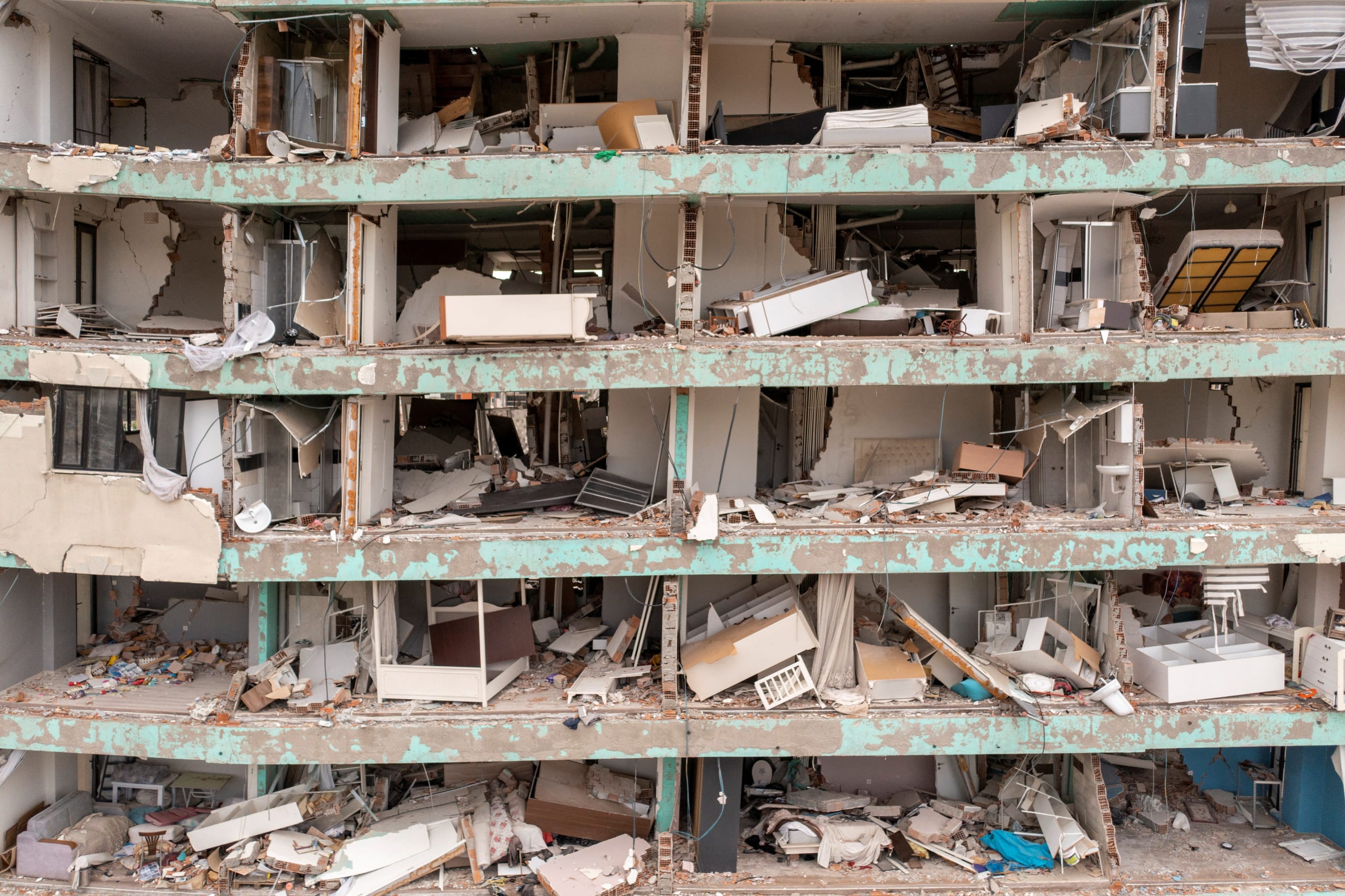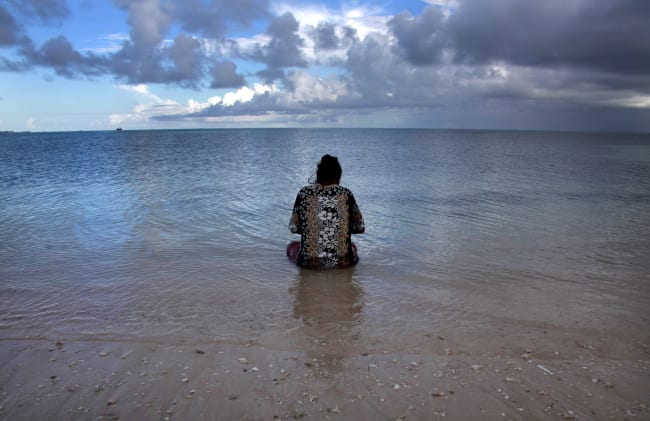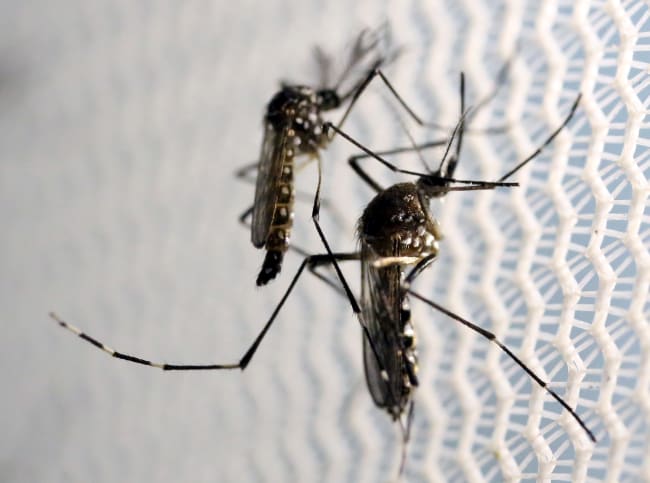In February of 2021, an unprecedented winter storm swept across Texas, bringing record cold temperatures. Wind, snow, and ice led to extended power outages, affecting millions of citizens whose homes were not equipped for such conditions and killing hundreds.
To keep themselves, their families, and their homes warm, many people turned to alternate sources for cooking and heating, including bringing charcoal grills into their homes or operating portable generators indoors. As a result, at least seventeen people died of carbon monoxide poisoning, and 1,400 more were treated for the condition. At the time, Texas was one of the few states in the United States with no law mandating carbon monoxide alarm installation in residences.
The 2021 winter storm and ensuing carbon monoxide poisoning epidemic in Texas received substantial local and national media attention, but it was not an isolated event. Similar incidents occur every day around the world, often linked to cold temperatures, disasters, and power outages. The most recent iteration of the Global Burden of Disease study estimated that more than forty thousand people die of unintentional carbon monoxide poisoning annually and that nearly one million are injured. However, these figures represent all accidental carbon monoxide poisonings; researchers don't know how many of those are linked to disasters. The totals are likely an underestimate given the challenges with accurately reporting cases of carbon monoxide poisoning.
More than 40,000 people die of unintentional carbon monoxide poisoning annually and nearly one million are injured
An Invisible Enemy
Carbon monoxide is a colorless, odorless, and tasteless gas, making it undetectable by human senses. Milder cases of carbon monoxide poisoning have nondescript symptoms such as nausea and headache, which does not always prompt people to seek help if they are not aware of the warning signs for poisoning. More severe cases can quickly lead to serious neurological and cardiological presentations, including seizure or heart failure. As seen in Texas, power outages create circumstances in which people are more likely to die of carbon monoxide poisoning. In Vietnam, a family of six died while their power was out: they were operating a generator indoors. Recently, carbon monoxide poisonings have spiked in South Africa amid rolling blackouts known as load shedding, and at least one person was reported to have died.
Carbon monoxide poisoning poses a threat in most countries. For example, a recent news report from Algeria noted that seven people died in a single night from carbon monoxide poisoning as temperatures dropped dangerously low. In the wake of typhoons in the Philippines in 2020, three people died and another ten were poisoned. A study from 2019 found that the Great East Japan Earthquake in 2011 caused a significant increase in the number of persons poisoned by carbon monoxide in the disaster area in the thirty days following the event; a study from France in 2017 found that carbon monoxide poisonings spiked after severe flooding in 2016. Between 2012 and 2020, carbon monoxide poisoning was one of the top three causes of hurricane-related deaths in the United States. Although everyone is or can be affected by carbon monoxide poisoning, marginalized populations are often disproportionately at risk given socioeconomic factors as well as language barriers, which tend to be exacerbated in disaster-related scenarios. In 2017, migrants at the Moria refugee camp in Greece died of carbon monoxide poisoning while trying to keep warm in tents.
Global Disasters Over the Past 50 Years
Disasters include: droughts, earthquakes, extreme temperature events, floods, landslides, storms, volcanic activity, and wildfires
Preventing Loss of Life
Both the frequency and severity of extreme weather events and certain types of disasters on the increase because of climate change can lead to both catastrophic health losses and economic losses. High winds, flooding, and abnormal temperatures that accompany such events create a setting for unchecked carbon monoxide poisoning incidents that will continue to threaten human lives. Given that no antidote for carbon monoxide poisoning is currently known, proper prevention measures are essential. First and foremost, technological improvements are necessary to reduce carbon monoxide poisoning at the source. This includes low-emission generators and safe shelters for displaced persons after disasters. However, because having the latest technology is not always feasible – particularly for populations most at risk — public education about the sources and risks of carbon monoxide poisoning is imperative.
A study in the United States demonstrated that more than one-half of participants were unsure or incorrect about proper safety measures for operating generators. A number of studies and news reports have found portable generators to be one of the main culprits for carbon monoxide poisoning, particularly in disaster-related scenarios, underscoring the need for better education about safe generator usage. This education includes never operating generators indoors or in enclosed spaces (even when windows or doors are open), including basements or attached garages. Additionally, in disaster-related scenarios when power outages are common and typical methods of communication are unavailable (such as TV or internet), alternative methods for reaching citizens are necessary for warnings or support. Predisaster communication also becomes essential to properly disseminate warnings about both the disaster itself as well as related carbon monoxide safety measures. This communication should include messaging in multiple languages and the use of pictograms, both in the media as well as for safety labels on potential sources of carbon monoxide, such as generators or charcoal bags. Carbon monoxide alarms should also be installed in the home, on every floor, and in garages and rooms where furnaces or carbon monoxide-emitting appliances are present. Battery-powered alarms can remain functional even in cases where the power has gone out, alerting residents to dangerous levels of carbon monoxide. Proper installation and maintenance of home heating and cooking appliances is also essential to reduce the emission of carbon monoxide, as well as adequate ventilation to reduce potential exposure.
Public education about the sources and risks of carbon monoxide poisoning is imperative
Just a few months ago, in February 2023, a devastating earthquake struck Turkey, matching the highest magnitude earthquake ever recorded in the country. In the aftermath, multiple news reports detailed outbreaks of carbon monoxide poisoning among people displaced from their homes, including those in tent camps set up as part of relief efforts as well as people who had been camping out in greenhouses because not enough tents were available. Because of the below-normal temperatures, any means necessary were required to stay warm—resulting in many preventable losses of human life. Amid climate change, carbon monoxide poisoning poses a silent threat to human lives and is something that people should anticipate to mitigate recurrent and devastating ramifications.

EDITOR'S NOTE: The author is employed by the University of Washington's Institute for Health Metrics and Evaluation (IHME). IHME collaborates with the Council on Foreign Relations on Think Global Health. All statements and views expressed in this article are solely those of the individual author and are not necessarily shared by their institution.
ACKNOWLEDGMENTS: The author would like to thank IHME colleagues Jaimie Steinmetz, Liane Ong, Katrin Burkart, and Katherine Leach-Kemon for providing feedback during the writing process, and Jing Lee for fact-checking assistance.












